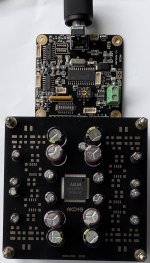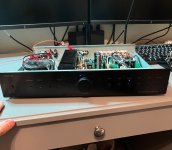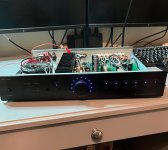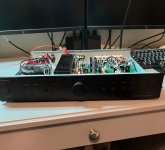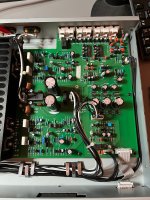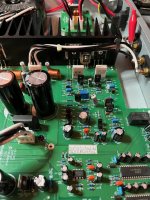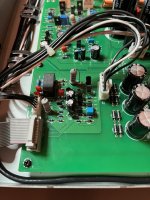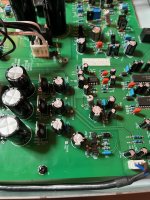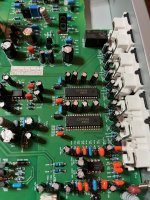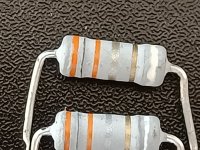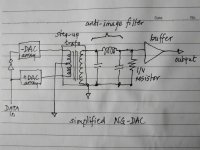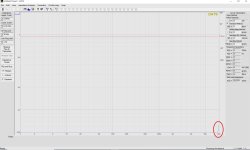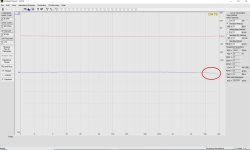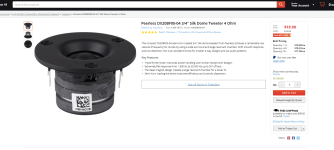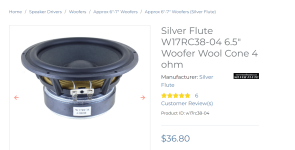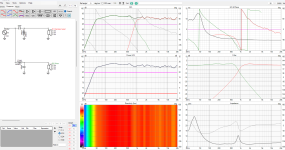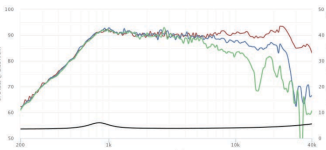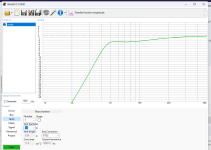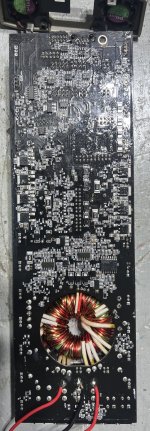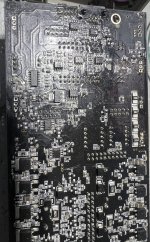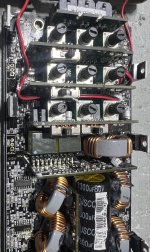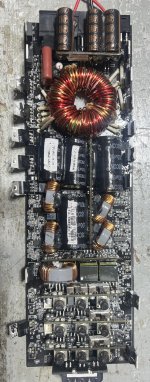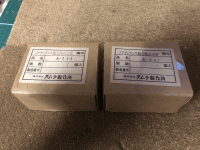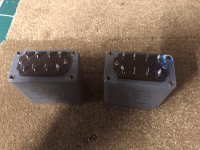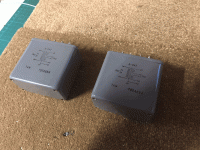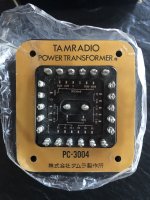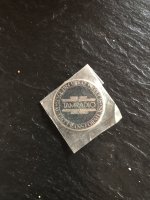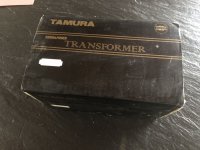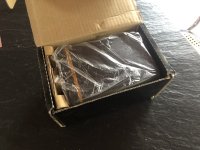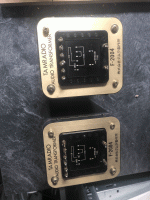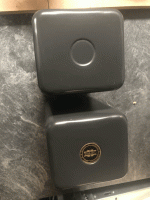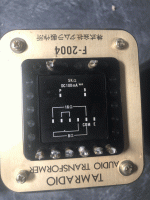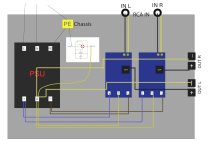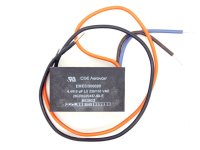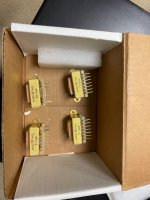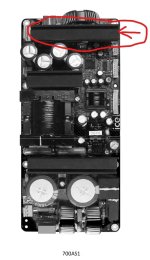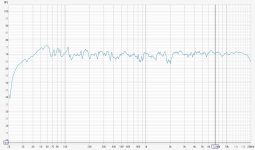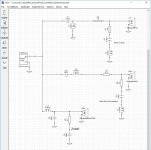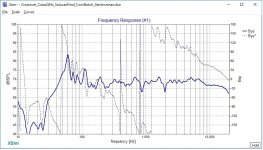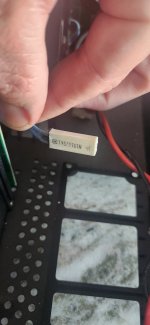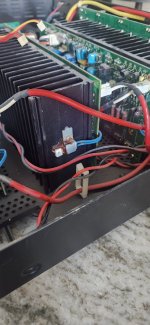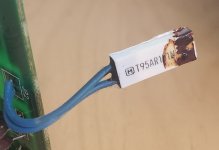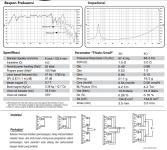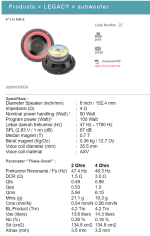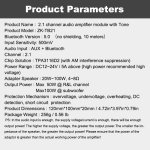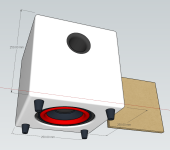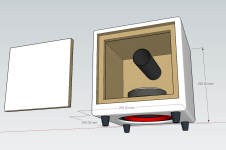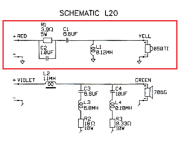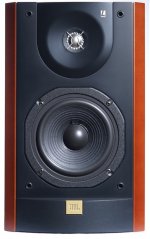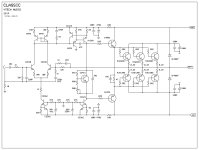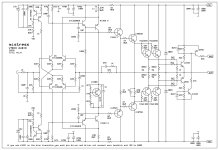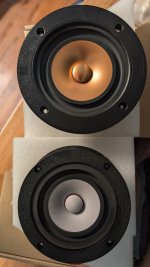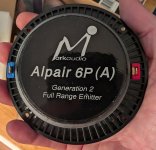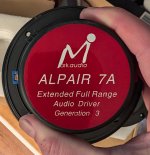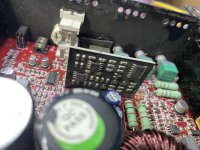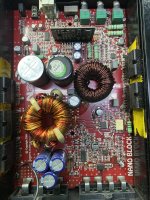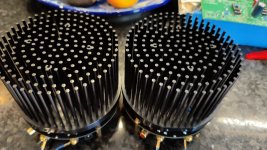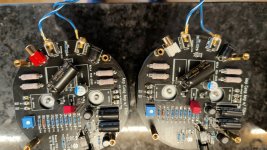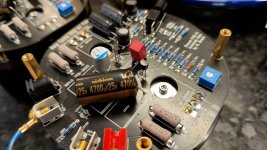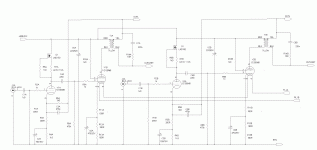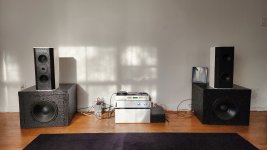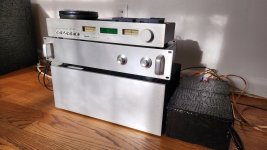Help beginner "understand" balanced
- By rthorntn
- Analog Line Level
- 3 Replies
Hi,
So I saw this image and it made me realise that I might not understand balanced, I just thought it separated the grounds so you could double the voltage and that was better for longer cables, resistance to interference and making (headphone) amps play louder (I think a power amp sort of "multiplies" sound, so say 2V x 10W is 20W then 4V x 10W is 40W I think this is probably way oversimplified).
Then it occurred to me (I was told that the analogue section of most DACs is what let them down) that a balanced DAC might have twice the (what I'll call) "bandwidth" like 4V means more "signal". I read 3dB more dynamic range. Do you get more "resolution"?
I also read some ladder DACs improve balanced, like maybe you can have more steps in your ladder?
The CamillaDSP setup in the image is using two channels on a DAC changed into one channel balanced, is that going to "measure" better?
I was also chatting about (digital) volume and that you lose headroom, do you get more headroom with balanced, I have got to admit that I don't fully understand (a lot of advanced audio stuff including) headroom.
Can someone please sum things up for me?
Thanks.

So I saw this image and it made me realise that I might not understand balanced, I just thought it separated the grounds so you could double the voltage and that was better for longer cables, resistance to interference and making (headphone) amps play louder (I think a power amp sort of "multiplies" sound, so say 2V x 10W is 20W then 4V x 10W is 40W I think this is probably way oversimplified).
Then it occurred to me (I was told that the analogue section of most DACs is what let them down) that a balanced DAC might have twice the (what I'll call) "bandwidth" like 4V means more "signal". I read 3dB more dynamic range. Do you get more "resolution"?
I also read some ladder DACs improve balanced, like maybe you can have more steps in your ladder?
The CamillaDSP setup in the image is using two channels on a DAC changed into one channel balanced, is that going to "measure" better?
I was also chatting about (digital) volume and that you lose headroom, do you get more headroom with balanced, I have got to admit that I don't fully understand (a lot of advanced audio stuff including) headroom.
Can someone please sum things up for me?
Thanks.
